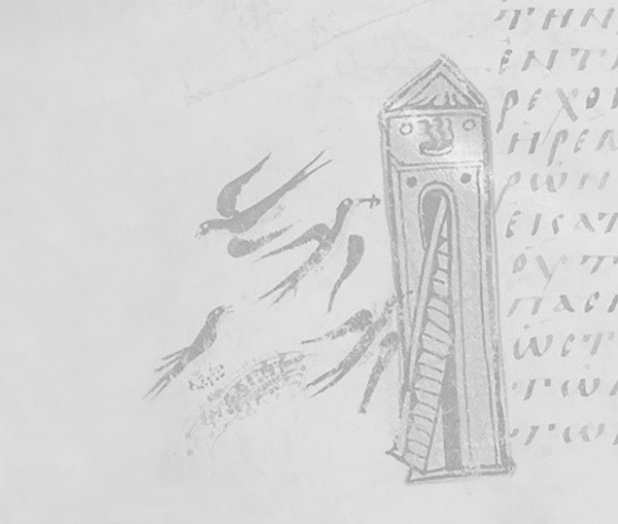
Sub-Project Supervisor: Maria Leontsini, Senior Researcher, Programme: Everyday and Social Life in Byzantium, Institute of Historical Research (IHR)/ National Hellenic Research Foundation (NHRF).
Research Associates (adjunct): Dr. Kelly Mavrommati (Byzantine History, National and Kapodistrian University of Athens, IHR/NHRF External Researcher)
Dr. Anna Sklaveniti (Byzantine History, IHR/NHRF Research collaborator)
Dr. Dimitrios K. Agoritsas (Byzantine History, IHR/NHRF External Researcher)
Technical Associates (external): Giannis Ladas, Electrical and Computer Engineer, Anavathmis Programme Research Associate.
Brief description of the project: The database entitled “Domestic and wild fauna in the Greek territory (8th-15th c.)” contains testimonies (entries) about breeding and exploitation of domestic animals and livestock (poultry, caprine, bovine, ovine, porcine, draught and equine animals), as well as activities related to fishing, apiculture and hunting. Research focuses on the Greek territory in order to demonstrate the importance of these activities in the agricultural production and to document the contribution of allthe animal species to the ecological and production characteristics of the Greek territory (mountainous areas, fish fauna and avifauna microregions, fishing grounds). At the same time, we evaluate how the location of these activities in various ecosystems (forests, uncultivated areas, shorelines) had an impact on the transformation of the landscape.We draw upon references in Byzantine sources (archival documents, historiographical texts, lives of saints) regarding the exploitation of fauna and the ways in which this activity had an effect on the transformation of uncultivated space into productive landscape. The aforementioned data are complemented by information on the exploitation of livestock or fishing grounds (lakes, rivers, sea) by the rural communities, the nobility (magnates, landowners) and the monasteries, on the strategy of allocation of uncultivated areas, as well as on the practices implemented for the taxation of the produce and its supervision by organized services. We also document mentalities and notions, symbolisms and allegories about the animals, as well as attitudes towards animals. Each testimony (entry) is composed of the following fields: a)main entry: passage from the primary source, b) animal, c) type of reference: productive activity, or referencepertaining to the knowledge of Antiquity/allegorical reference,d) chronology, e) space 1: geographical region, f) space 2: location, g) reference to the source, h) bibliography, i) comments.

